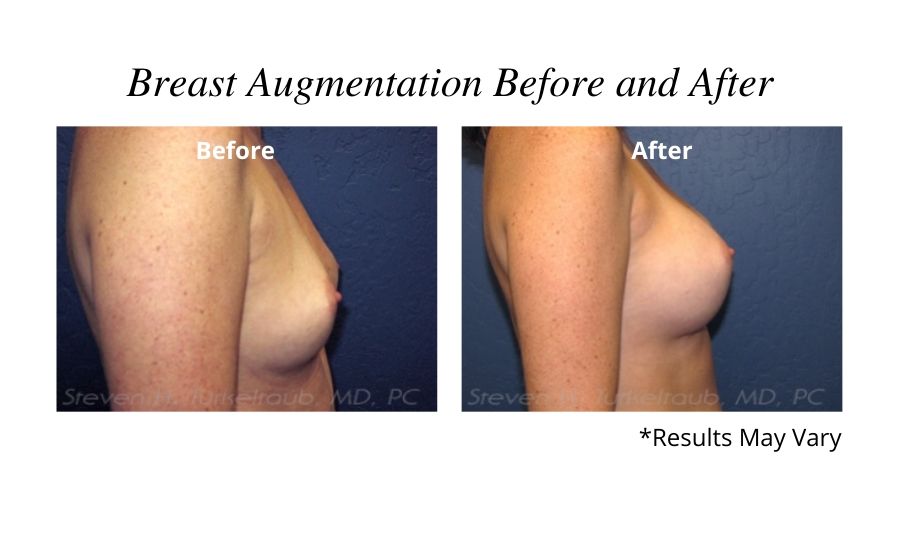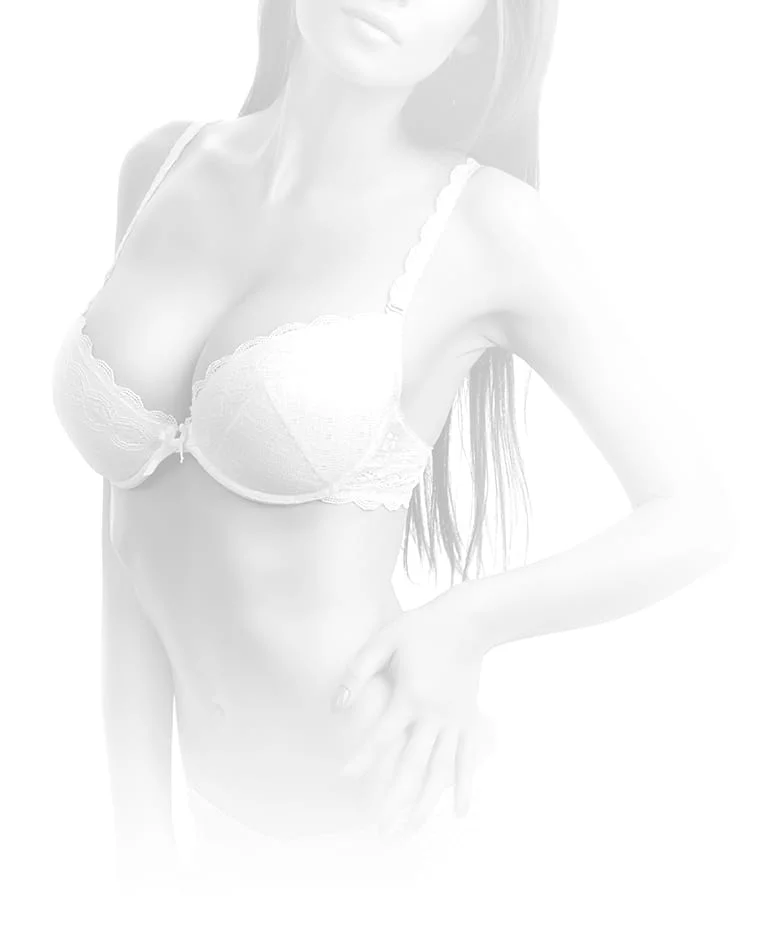Home|Blog | What Are the Different Types of Implant Displacement?
What Are the Different Types of Implant Displacement?
3 Minute Read:
Patients who undergo breast augmentation must understand the risks that can be associated with their breast implants. One of these complications is implant displacement. 
What Is Implant Displacement?
Implant displacement is where the implant does not remain in the exact location where it was either placed or intended to be placed. This can be permanent or positionally affected. Regardless, it can create a suboptimal appearance as well as cause physical discomfort – and emotional distress.
Types of Implant Displacement That May Occur
There are a few different types of implant displacements that may occur, with each having its own characteristic findings. However, they do share at least one similarity: they detract from the overall results of the surgery, creating a less than ideal appearance.
Lateral Displacement
Lateral fullness of the breasts (the edge of the breast that sits closest to the arm) is not always a bad thing. Some degree of fullness here contributes to a curvier and, perhaps, a more voluptuous breast contour. Unfortunately, this lateral displacement can become a big issue if the implants displace far out to the side, leaving little to no implant on the anterior chest wall to provide anterior projection. This also creates an abnormal gap between the breasts.
This displacement is particularly noticeable when one is lying on their back. Though this same appearance may be seen with non-augmented droopy breasts, it is not a very desirable look for those who have had a breast augmentation.
Bottoming Out
Bottoming out is one of the most commonly discussed forms of implant displacement. This type of displacement is characterized by the slipping of the implants to the lower part of the breast and is usually associated with extremely lax, non-elastic stretched out breast skin.
Bottoming out results in the breasts bulging abnormally downward, often with the consequence that the nipples are pointing upward.
Symmastia
Symmastia is the polar opposite of lateral displacement. This displacement occurs when the implants shift toward the midline of the chest and coalesce to form one large breast—a uni-boob.
Double Bubble Deformity
A double bubble breast develops when the implant falls beneath the inframammary fold (natural breast crease). Because the fold applies pressure to the implant, it creates a creased effect and gives the appearance of a double breast.
What Causes Implant Displacement?
A variety of factors can cause implant displacement, and some are more specific for a particular type of displacement. Some of the more common causes of this issue include:
- Decreased breast skin elasticity often associated with disproportionately large implants
- Selected implant that are too large and/or too wide for one’s anatomy
- Sizable saline breast implants – often associated with other issues
- Suboptimal surgical technique
- Trauma
- Lack of appropriate breast support with a bra
What Can I Do if I Experience Implant Displacement?
While no woman wants to experience a problem with their implants, an implant-related complication or issue can be corrected. Breast revision is a secondary breast surgery that repairs untoward outcomes and undesirable results in order to recreate a more aesthetically pleasing breast appearance.
Interested in Learning More?
If you are experiencing a problem with your implants, contact Dr. Turkeltaub at the Arizona Center for Breast Surgery today by calling (480) 451-3000 or by filling out an online contact form.
